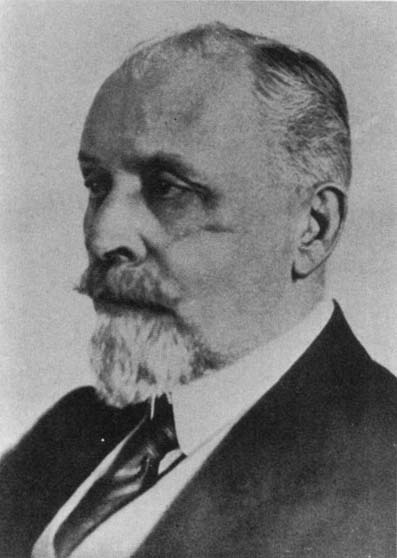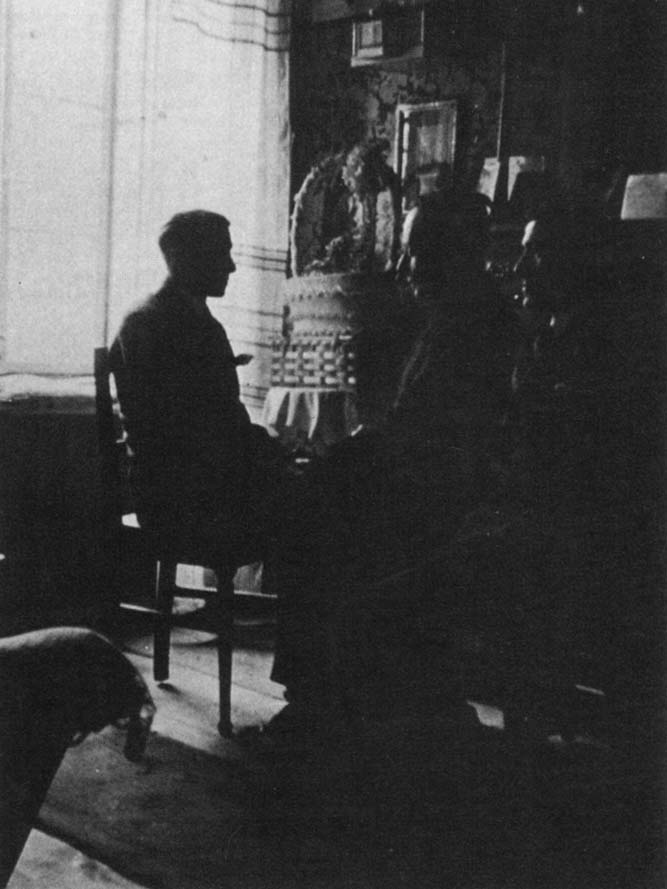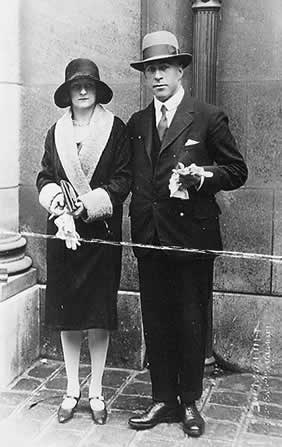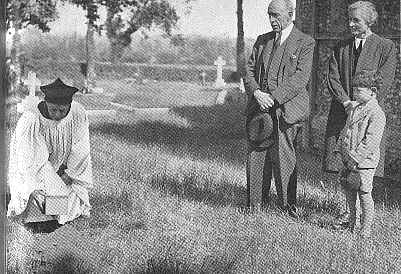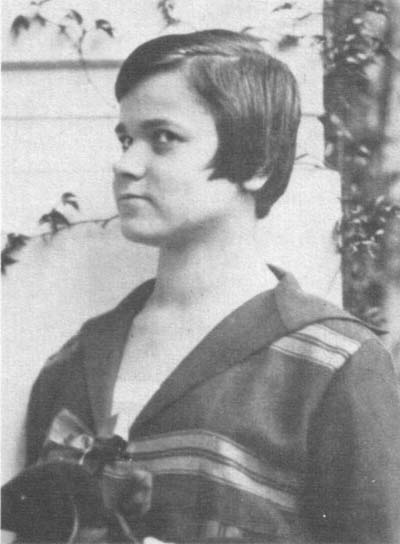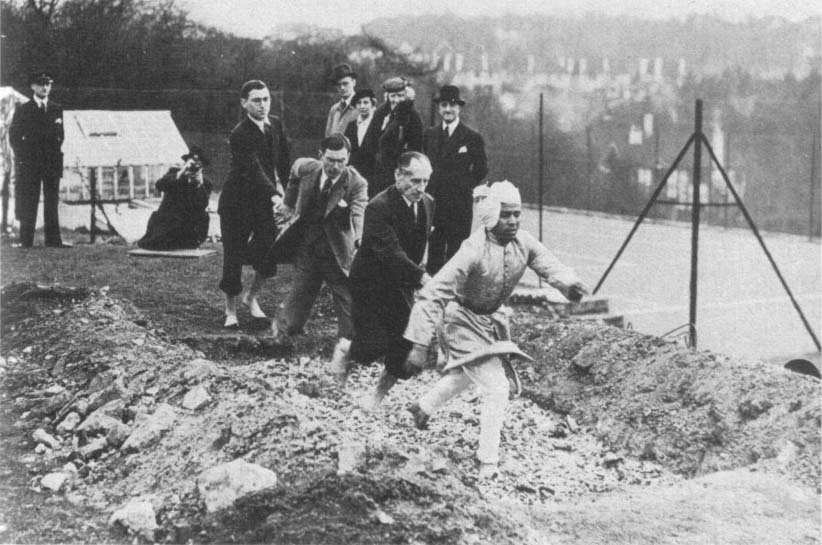|
Biography |
|||||||||||||||
|
|
Many scientists refuse to take the work of psychical researcher Harry Price seriously, pointing to his disregard for scientific rigour and Price's own unashamed delight in publicity. But, asks Renée Haynes, does Price really deserve this treatment? HARRY PRICE'S TEMPERAMENT did not endear him to his fellow psychical researchers; many were alienated by his flamboyance, by his self-assertiveness, and by his tendency to claim all the credit for work undertaken jointly with others - and sometimes for achievements in which he had played no part at all. This kind of behaviour might have been discounted as merely an odd quirk of Price's character - albeit an irritating one - but for an extraordinary episode that took place in 1932 to 1933.
In the 1920s Price had investigated at Munich with Baron von Schrenck-Notzing - known to some of his British contemporaries as Baron Shrink-at-nothing - the exploits of a young Austrian psychic, Willy Schneider, and became convinced that some of what went on was genuinely paranormal. Later, when Willy's talents were fading - as so often happens when psychics reach maturity - Price paid several visits to the Schneider family at Braunau-am-Inn, where Willy's younger brother Rudi was apparently developing even more startling powers as a physical medium; and arranged that Rudi should come to London for tests in his laboratory. He conducted three investigations in which Lord Charles Hope, a leading member of the Society for Psychical Research, the physicist Lord John Rayleigh, and others observed the inexplicable movement of objects, some quite heavy, heard violent rappings, and apparently saw the materialised forms of 'pseudopods,' resembling hands, limbs or purposeful eels in action. The last of the series of investigations took place between February and May 1932. That April, Price discovered that Lord Charles had invited Rudi to undergo yet another investigation, totally independent of its predecessors - and had not invited Price himself. It is easy to understand his anger - after all, he had done much of the preliminary work, had organised Rudi's visits to this country, and probably felt the latter was his discovery - but not the form it took. He waited until the new venture had been ca rried out and the Hope-Rayleigh report due to appear. and then issued in the Bulletin of his National Laboratory of Psychical Research - and splashed in the press - an allegation that he had found Rudi cheating, backing it up with some rather ambiguous flashlight photographs. This action may have been balm to his wounded pride, but was slow poison to his scientific reputation.
There has been much argument - particularly as, to this day, Rudi Schneider has not been proved to have been a fraud - as to whether Price deliberately faked the photographs, and about the fact that they are in any case open to more than one interpretation. Whatever the conclusions, it remains true that, during the many months that went by between the end of his experiments and the publication of his vengeful 'disclosure', Price had allowed various people, friends and colleagues among them, to believe in Rudi's hitherto undoubted good faith, and go ahead devoting time, energy, thought and money on the project without so much as warning them to take extra precautions. It was this that nourished the suspicion that Price was completely ruthless, that he would even use deliberate fraud to achieve his own ends. And it was perhaps this suspicion that inspired with such venom The Haunting of Borley Rectory, usually known as The Borley Report, published by three of his former colleagues in 1956 both in book form and as part of the Proceedings of the Society for Psychical Research. It surveyed his two books, The Most Haunted House in England and The End of Borley Rectory. These - written at a popular level, but referring serious students to documents available for further reading - chronicled his experiences, investigations and findings at Borley. Price visited Borley at intervals, conducting thorough investigations and searching interviews with local inhabitants, and even rented the house for an entire year during which he spent much time there with a number of volunteer researchers. In the end Price, who had suspected a certain amount of hanky-panky all along, concluded that some of the occurrences were indeed paranormal.
The case for the defence The Borley Report reads like a statement of a case for the prosecution, assuming the guilt of the prisoner at the bar throughout, interpreting every doubtful point as evidence against him, and making various suggestions and inferences later shown not to fit in with a full knowledge of the facts. One of the allegations, that Price had buried a number of bones for subsequent 'discovery', took no account of his heart condition, which would have made heavy digging impossible. In a later issue of the Proceedings of the SPR, An Examination of the 'Borley report', by Robert J. Hastings discussed its whole argument and its separate weaknesses. Hastings's work had been authorised by the Research Advisory Committee of the SPR, which also made a grant in aid of the expenses involved; it was based on a re-examination of the relevant files, and on interviews with as many as possible of those originally involved, and repudiated many of the accusations made in The Borley Report. (Price himself had died in 1948: the law of libel would have protected him during his life time.) Unfortunately, An Examination of the 'Borley Report' was never published in book form, and its existence is often ignored.
Price was not unconscious of the violent antagonism he aroused. He recognised with regret his unpopularity with both Spiritualists and psychical researchers, and did not conceal the fact that he thought the SPR 'stodgy'. He continued to work on his own plans. He never succeeded in his efforts to get the University of London to accept his offer, first made in 1933, and more than once renewed, 'to found, equip and endow a Department of Psychical Research' there. Though the authorities agreed that this 'was a fit subject for investigation' - itself a considerable achievement - the problem of accommodation was considered insoluble. In 1934, however, Price became the honorary secretary and editor of the University of London Council for Psychical Investigation. Late in 1936 he transferred on permanent loan to that university his magnificent collection of books, now established at Senate House as the Harry Price Library. Among its thousands of serious studies, ancient and modern, of every aspect of parapsychology is a revealing - and very funny - American catalogue with contemporary illustrations, entitled Gambols with the ghosts, which was circulated to mediums in 1901. Among the items on offer were 'Spirit bolts and handcuffs', apparatus for 'Spirit table and chair lifting' and, at $50, a 'full luminous female form (with face that convinces) which . . . appears gradually, floats about the room, and disappears'. The laboratory was handed over to the university some months later; the equipment was never again used for research into the paranormal. The library was further enriched with a number of manuscripts, slides, photographic negatives and films. Among the latter were some dealing with the very interesting fire-walking experiments Price carried out, one in 1935 with Kuda Bux, and three - the last of them televised - in 1937, with Ahmed Hussein and some volunteers. On each occasion the heat of the trench of glowing charcoal was recorded. The observers finally concluded that success in crossing it unburned depended on taking no more than four strides, with a quick decisive tread.
The acceptance of his library and laboratory by London University must have given Harry Price a sense of public-recognition for his work. In 1938 he resuscitated the Ghost Club, which had twice faded out since it was founded in the 19th century for the purpose of dining and discussion, and made it a society of much genial and relaxed conversation, good table talk, in which high seriousness and statistical argument played at most a minor part. He also spent much time in lecturing, writing - and of course in the protracted investigations at Borley.This is a very brief and patchy survey of Harry Price's life and work. He clearly delighted in exposing fraud, and in demonstrating with glee the many ingenious ways in which it was perpetrated; but there has been no space in these articles to discuss in detail every venture that he made, his meetings with mediums allegedly 'in touch with life on Mars', his investigations of dowsing both in the field and on maps, his chronicling of the stigmatic marks shown by a young Romanian girl, Eleonore Zugun and his impression of having seen and touched the materialisation of a dead child, Rosalie, an impression with which he later said he was 'not entirely satisfied'. An extrovert, an originator of new ideas rather than an administrator, more interested in the circumstances and details of events than in establishing the principles underlying them, Price, whatever his limitations and his faults, brought home to a great many people that psychic phenomena do sometimes occur, and that this can and should be accepted without first finding a frame of reference into which they fit. In this, his attitude had a curious likeness to that of a very different character, Sir William Crookes, whose reply to attacks by various critics on some of his reports about D.D. Home's levitations was 'I never said it was possible. I said it happened.'
Friendliness and beer Price, like Crookes, tried whenever possible to find ordinary explanations for what looked like paranormal phenomena. He frequently succeeded in doing so, often by good management, sometimes by good luck - as when he found himself sitting in an Innsbruck beer garden with a troupe of wonder workers by whose performances he had been genuinely puzzled, having ruled out the use of codes, signals or machinery. Later their manager acknowledged that he had met the local inhabitants on whom miraculous 'tests' had been successfully carried out in various bars a day or two before, and enlisted their help by giving them complimentary tickets to the show and promising them free drinks. 'It was all done,' he said, `mit Freundlichkeit und Bier' - 'with friendliness and beer'. This ability to be amused at small-scale rogues probably helped Price's work as much as it damaged his reputation. It is undoubtedly true that he longed - to an almost grotesque degree - to be famous, to be universally known, recognised, discussed; but perhaps this longing did not always preponderate in the mixture of motives that governed him as mixed motives govern us all. His overwhelming interest was a desire to expose fraud, which later merged with a desire to record and examine what he called the 'very few grains of genuine phenomena which we so patiently extract from mountains of psychic chaff'. He notes that he would have lost interest in parapsychology 'many years ago if I had found nothing but fraud' but that the discovery of really paranormal incidents 'made it impossible for me ever to give up the quest of how these things happen and whv'. |
||||||||||||||
| The Base Room . Biography . Timeline . Gallery . Profiles . Séance Room . Famous Cases . Borley Rectory . Books By Price . Writings By Price . Books About Price . Bibliography . Links . Subscribe . About This Site All original text, photographs & graphics used throughout this website are © copyright 2004-2006 by Paul G. Adams. All other material reproduced here is the copyright of the respective authors. |
